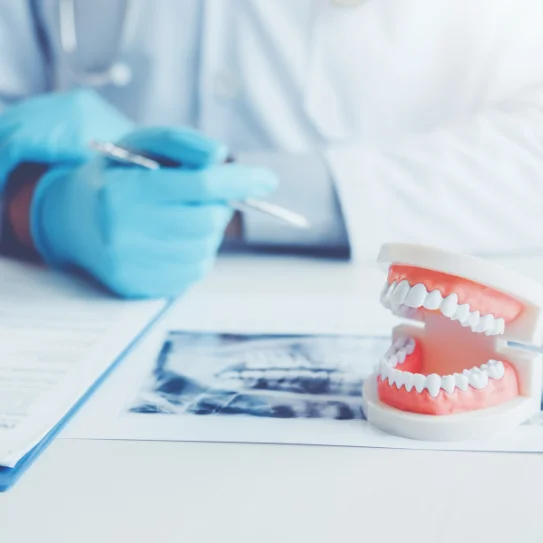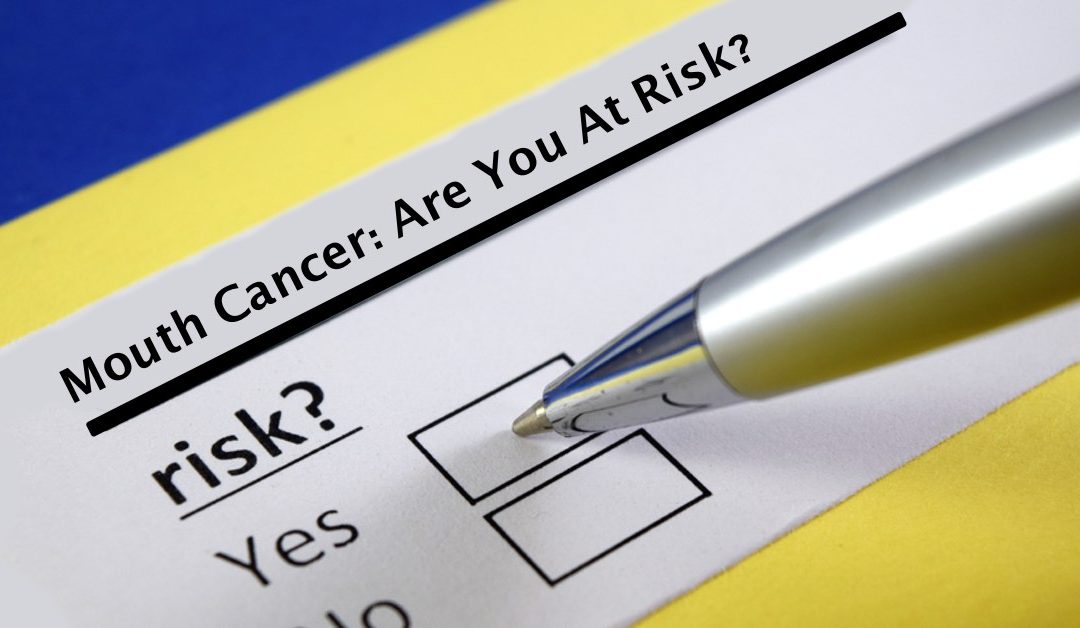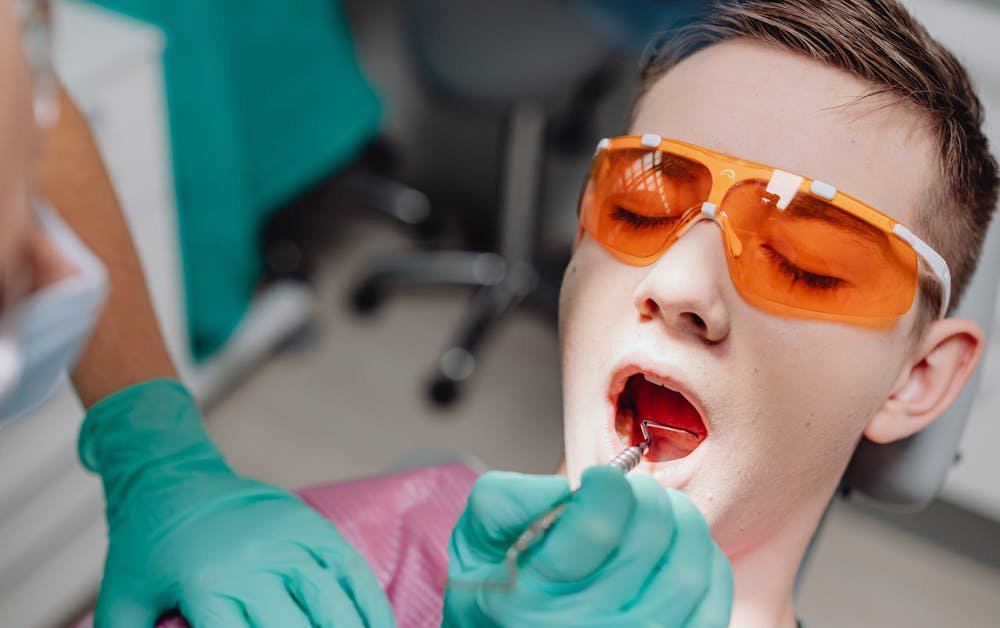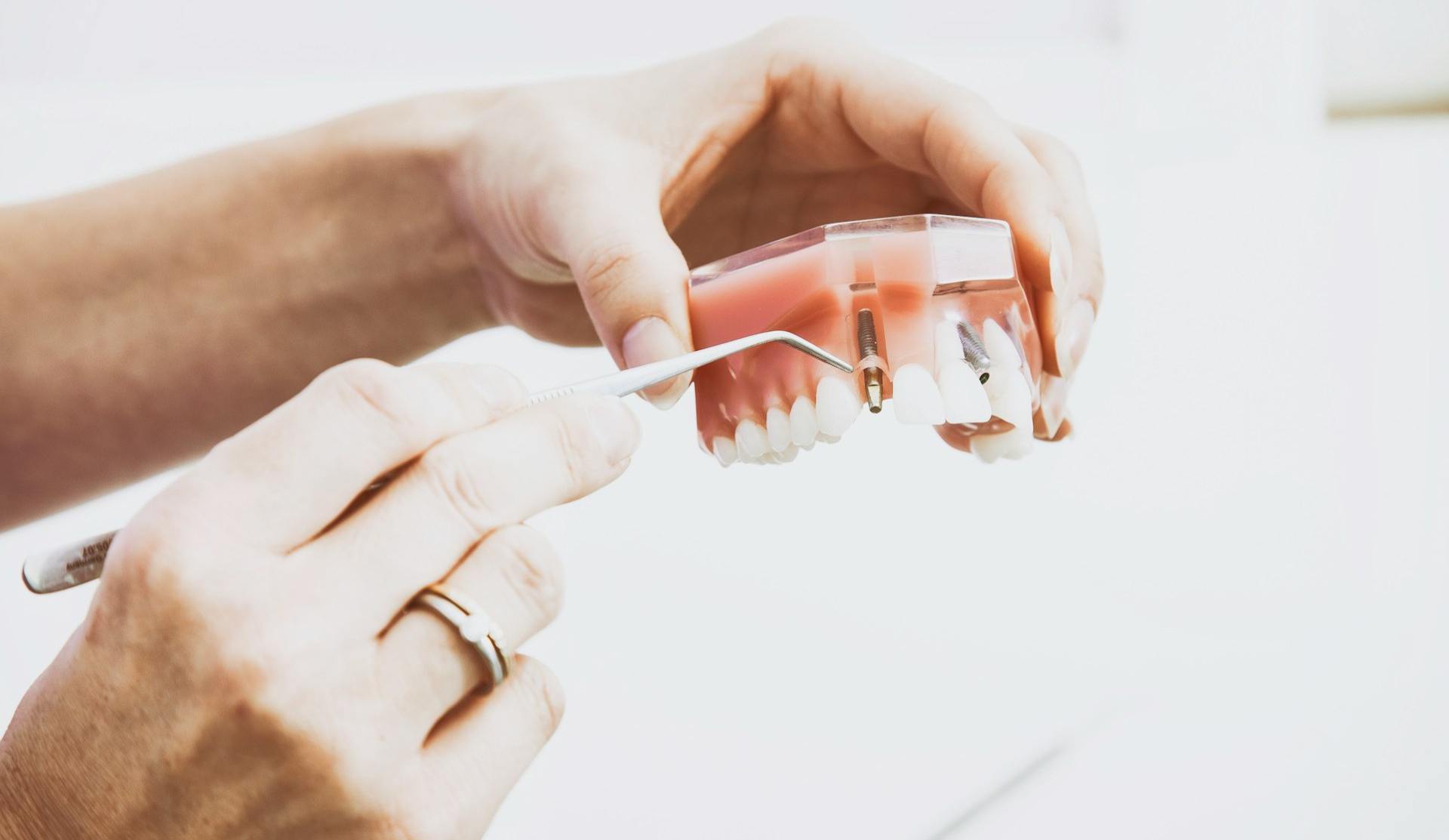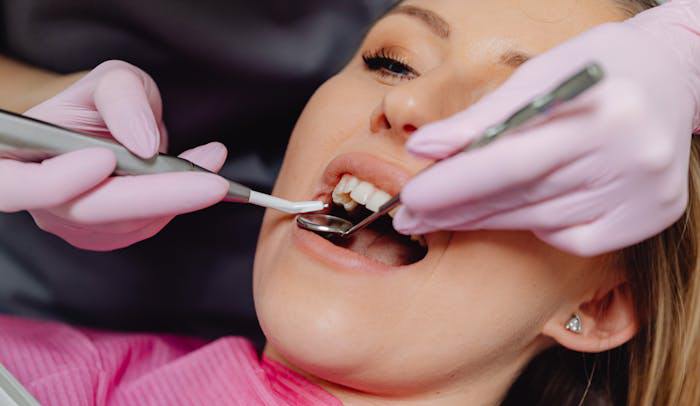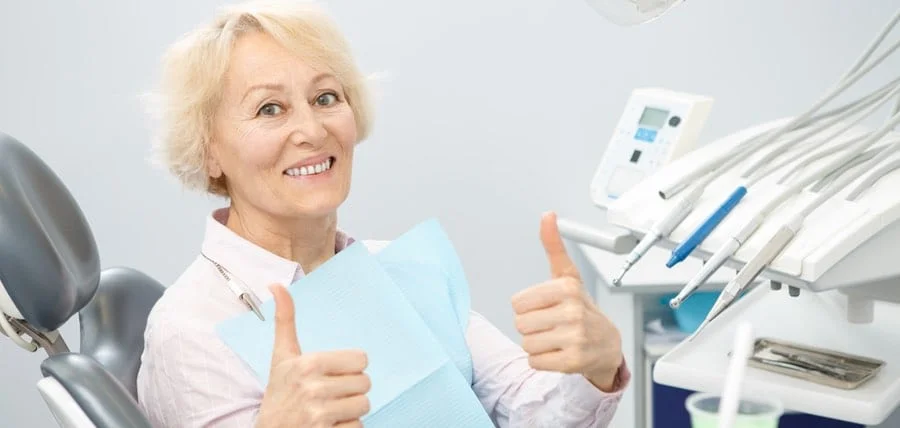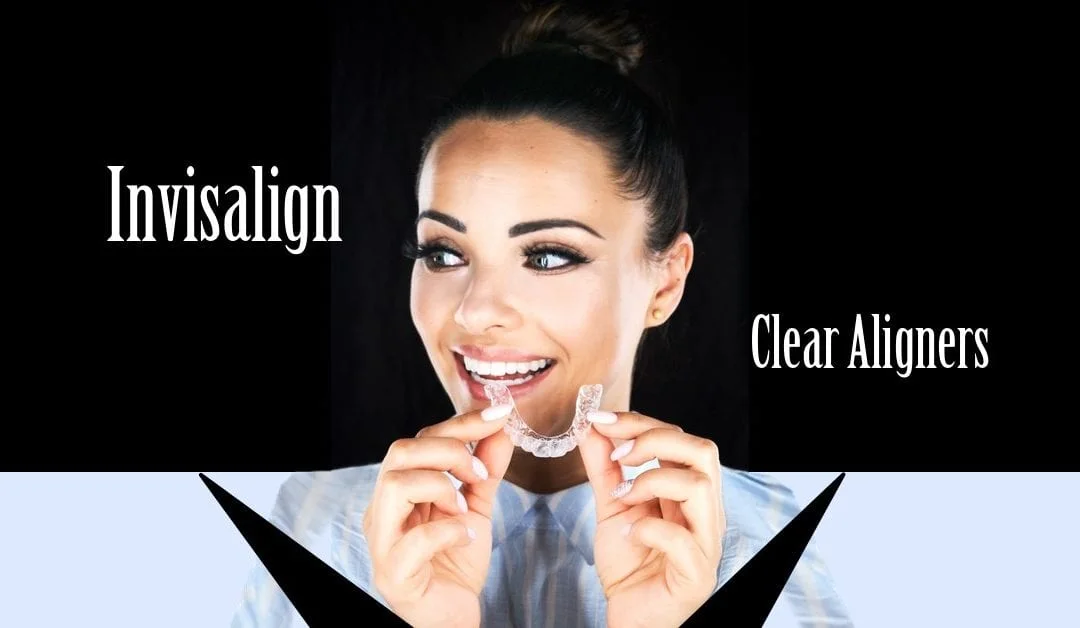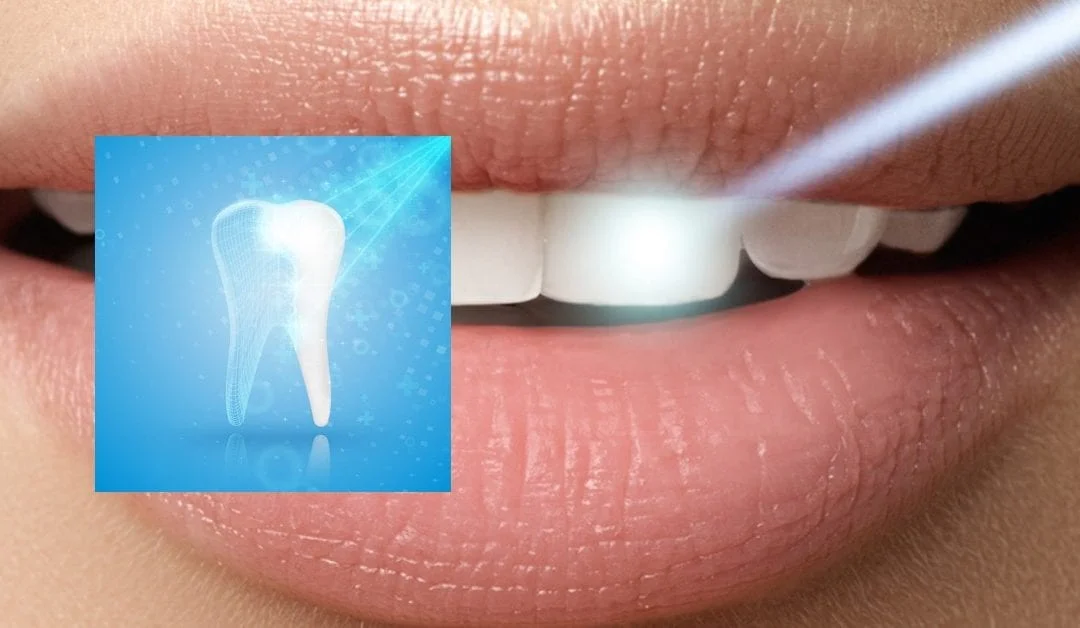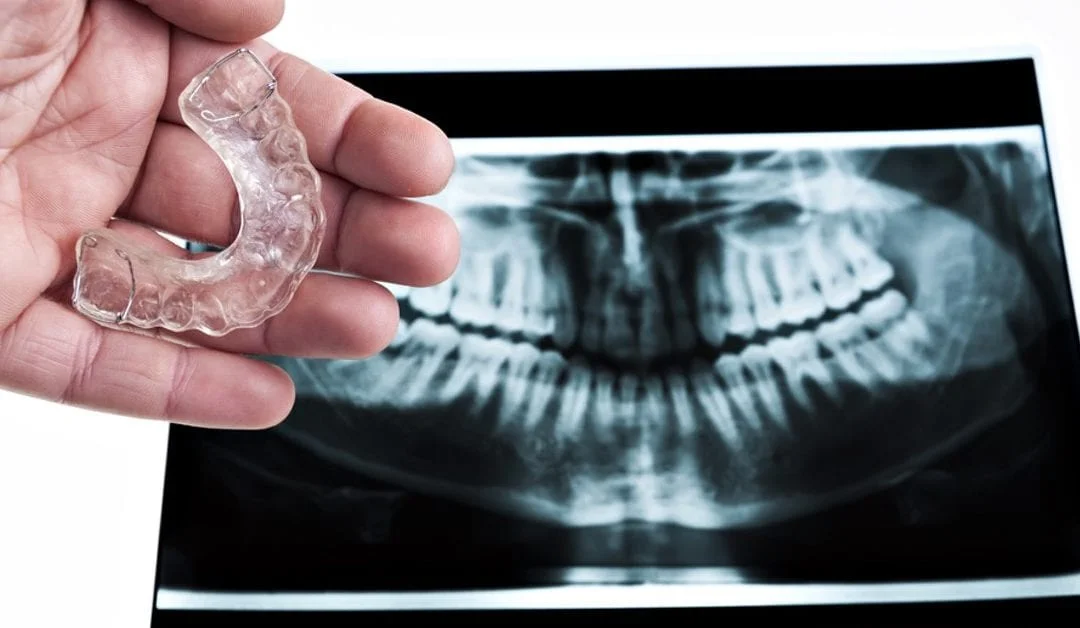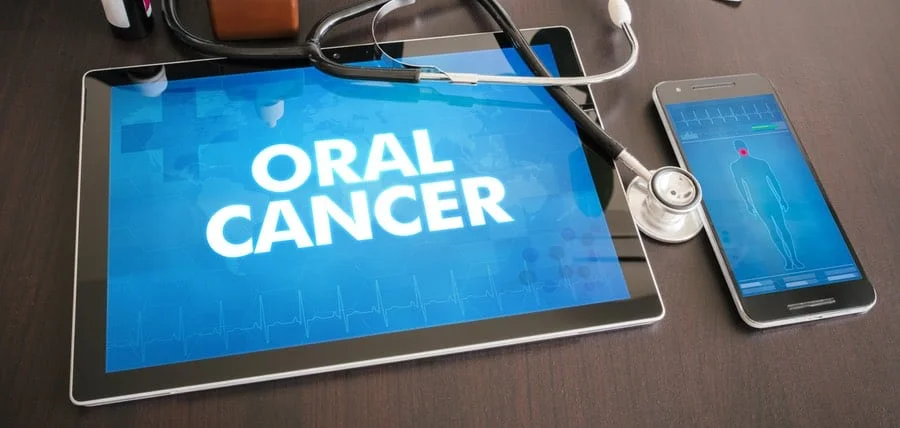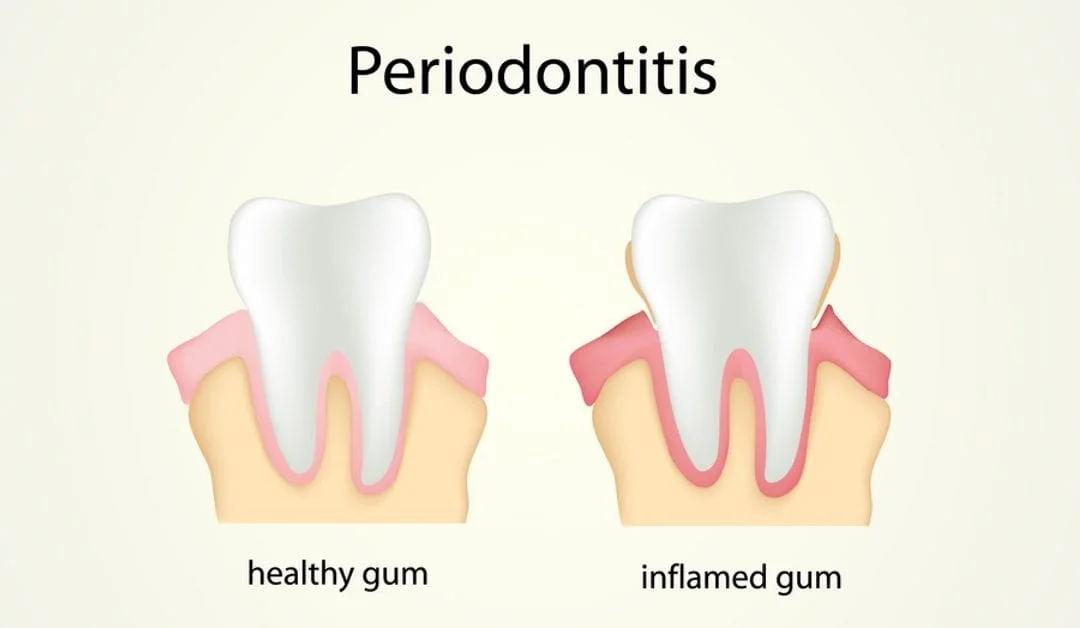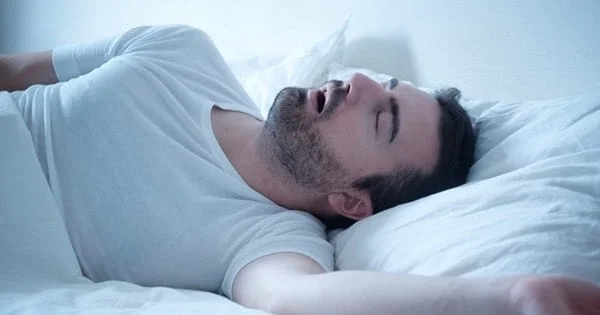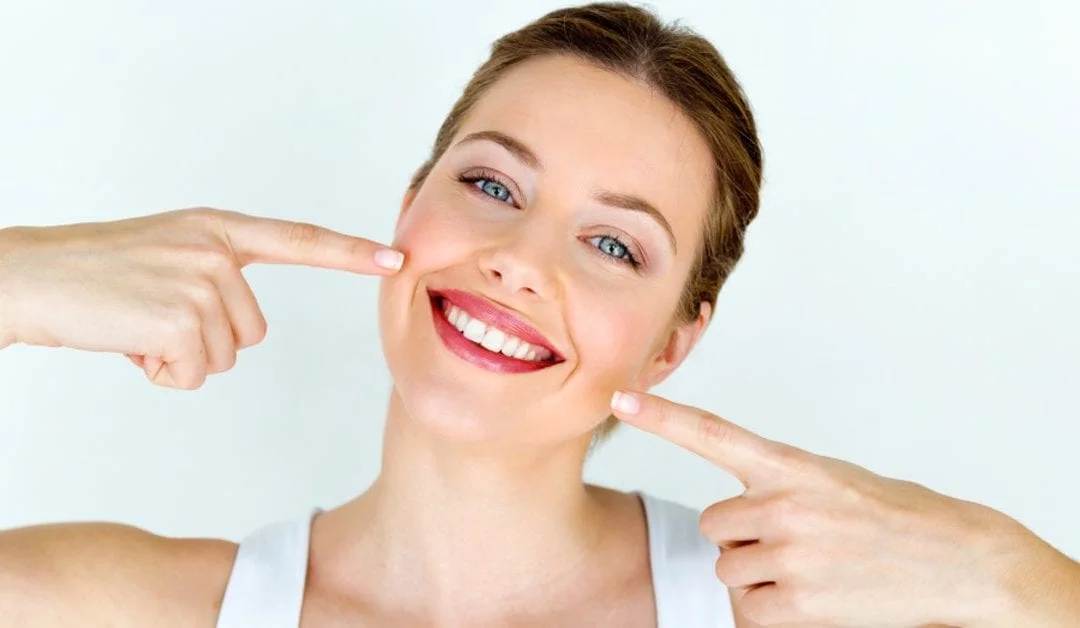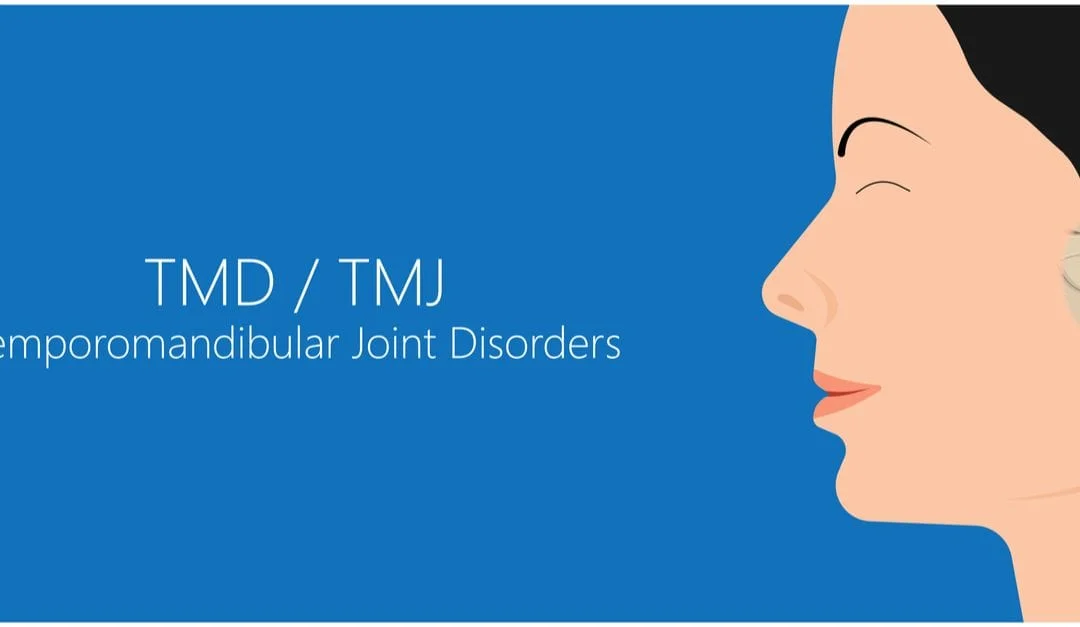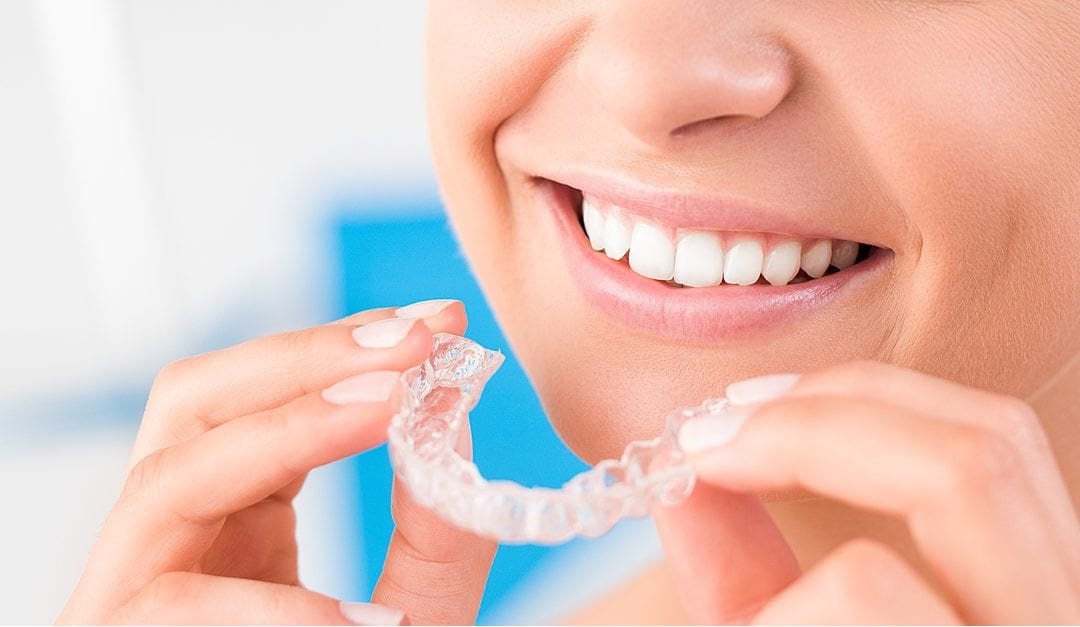
Table of Contents
When you look in the mirror, what do you see? Do you see a row of beautiful, straight teeth? Or, do you see a mouth with crooked teeth? Maybe you see a mouth with gaps in between teeth. There might even be teeth out of place. If you are not happy with the way your teeth look, you may have considered getting braces. We do not blame you. However, if you are an adult, you may not want to look like you are a teenager. You may not want a mouth full of metal if you are giving a presentation to a group of executives. Metal mouths performing surgery or arguing a case isn’t that appealing either.
Did you know that if you are an adult, and you want braces, you have options? You do. There is a way you can straighten your teeth without anyone knowing. Let us tell you about Invisalign, how it works, and its process.
What is Invisalign?
Invisalign’s meaning is simple. It straightens your teeth invisibly. It is not a magic wand. Instead, Invisalign is clear plastic. And, that means very few people will notice you are wearing them. Invisalign straightens your teeth the same way that braces do. Instead of straightening your teeth all at once, like braces, Invisalign clear aligners straighten one or two teeth at a time.
Is Invisalign as Good as Regular Braces?
For most patients, Invisalign is just as good as regular braces. That’s because Invisalign works as well as regular braces to correct crooked teeth. Invisalign also works with teeth that are overcrowded or have gaps. There are some dental issues that Invisalign can’t fix. For example, if your teeth are severely crowded, or your bite is severely misaligned, Invisalign is not for you. We will be able to tell you whether you are a good candidate for Invisalign during your consultation. In general, for patients who need a lot of teeth moved, braces are the better option. However, if you need a few teeth moved around, or you have a small bite problem, Invisalign clear aligners can fix that.
How Does Invisalign Work?
Invisalign is a personalized orthodontic treatment. It uses custom-made aligners that are made after your dentist takes digital images or impressions of your teeth. The digital images are used to build a 3D model, which is then used to finalize your treatment. Based on the treatment plan, clear plastic aligners are made specifically for every patient. The aligners align your teeth through a set of molds that force your teeth into the intended position over a few months.
How Long Does It Take to Straighten Your Teeth with Invisalign?
Every patient is different. However, for most patients, Invisalign can cut your treatment plan six months shorter than with traditional braces. This is better for your social life and your wallet. We hate to pin down a time for treatment, but after your consultation, we will give you a timeline. We can also update your timeline when you come in to see us. Usually, Invisalign patients come and visit us every other month for checkups, and to get a new set of aligners. After treatment, you may also have to wear an Invisalign retainer at night.
A Closer Look at the Invisalign Process
The Invisalign process varies slightly for different individuals according to the condition of their teeth. Broadly, it consists of the following steps:
1. First Consultation
The process begins with an in-person consultation. You will discuss your Invisalign treatment with an experienced dentist. The dentist will explain how clear aligners work, their effectiveness, and their cost. This consultation gives you the knowledge you need to proceed with the treatment.
2. X-Rays and Scans
After you approve of the treatment, the dentist takes your X-rays. X-rays and scans of the mouth and teeth are taken from different angles. It provides a comprehensive digital map of the mouth, which acts as a foundation to perform the next steps of the treatment.
Sometimes, it is essential to understand the relationship between jaw and cheekbone before aligning the teeth. For this, the dentist takes a lateral cephalometric x-ray. The last stage of this step is taking impressions of your teeth. It enables the dentist to create a digital teeth model and determine how your teeth will move during the Invisalign procedure.
3. First Fitting Appointment
You will experience the way Invisalign feels when preparatory work is being done. The custom clear aligners are made from your teeth’ impressions and feel tight when the dentist puts them on.
After putting the aligners, the dentist will assess the fit and make necessary adjustments. They will do so until satisfied. You will be asked about the way trays feel and if you can sense any movement or discomfort.
The braces will feel odd during the first fitting session, but you will be accustomed to their feel. However, your mouth should not hurt, nor should you feel any discomfort. If you feel uncomfortable, speak to the dentist immediately.
4. Changes in the Mouth
In the first few days after wearing Invisalign, you will feel strange changes in your mouth. You shouldn’t worry because the sensations you feel are natural and a part of getting used to wearing clear aligners.
You will feel a slight ache in your mouth because your teeth are being moved to a new position by the clear aligners. The ache will subside after each change of the tray. You may feel increasingly sensitive for a short period. If the sensitivity bothers you, ask your dentist to recommend a toothpaste to mitigate the issue.
In the first few weeks of wearing Invisalign, your speech will be slightly different. It happens because your tongue does not have as much space to move as before. Changes in speech are a temporary issue and will go away after a short period (a few weeks).
5. Changing Invisalign Braces
Your dentist will review the effects of the aligners at an interval of one or two weeks. If the teeth have moved to the needed position, your aligners will be changed. Every new aligner that the dentist puts in the follow-up visits should be seen as the next phase in your teeth’s movement. The new phase makes your teeth one step nearer to getting fully aligned according to the intended goal.
6. Cleaning Invisalign Braces
Cleaning the clear aligner trays is important to remove the build-up of bacteria. You should do it every morning and night. You can clean the trays before or after brushing. Clean the trays with a toothbrush only. Remember to rinse the trays whenever you remove them during the day to prevent them from having a bad smell. Also, clean the trays post-meals to prevent them from becoming discolored.
It is recommended that you soak the trays in a dental cleaner when they are not in use. If you feel doubtful about your aligners, just consult with your dentist.
How Much Does It Cost for Invisalign?
In general, Invisalign costs less than traditional braces. That’s because the treatment time is shorter, and the liners are plastic rather than metal. Did you know that you can remove Invisalign to eat and brush your teeth? This also lowers your cost because many patients who wear traditional braces need teeth whitening. Usually, patients also need teeth cleaning because it is difficult to clean your teeth with traditional braces.
Schedule Your Appointment with Our Invisalign Dentist
We hope your question of how Invisalign works has been answered. It’s an effective process to correct misaligned teeth. But you should ensure to follow the guidance of your dentist. If you are looking for an experienced Invisalign dentist or still have any concerns, book your consultation at Maiden Lane Dental. Schedule your appointment online or call us at +1 212-509-4585.
Our Service
-
 Dental Service
Dental Service
-
 General Dentistry
General Dentistry
-
 Cosmetic Dentistry
Cosmetic Dentistry
Comprehensive dental care ensuring healthy, radiant smiles for individuals and families in NYC.
Routine check-ups, cleanings, and preventive care to maintain your oral health effortlessly.
Enhancing your smile with advanced cosmetic procedures for a confident, beautiful appearance.

